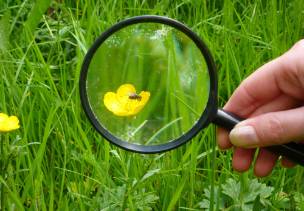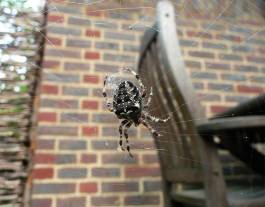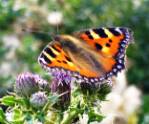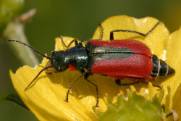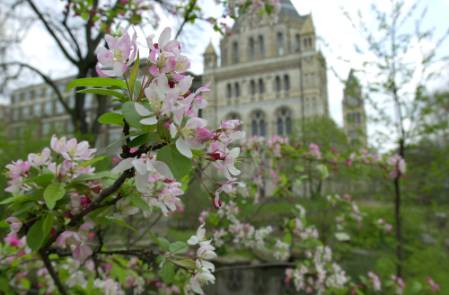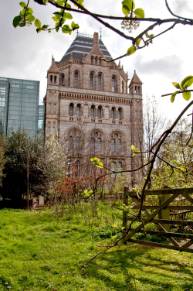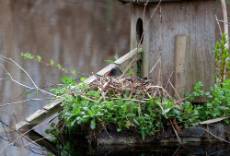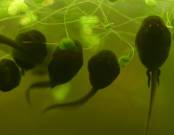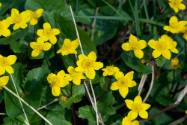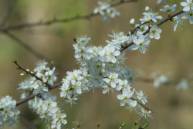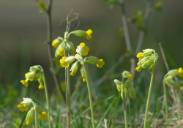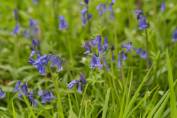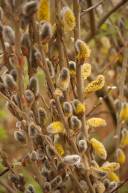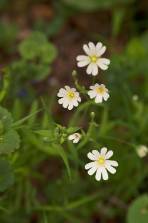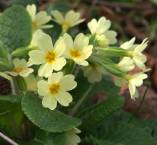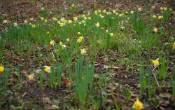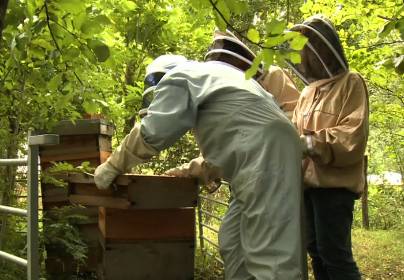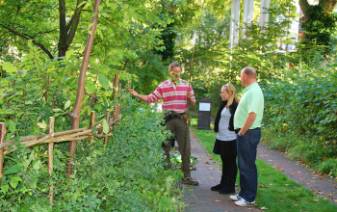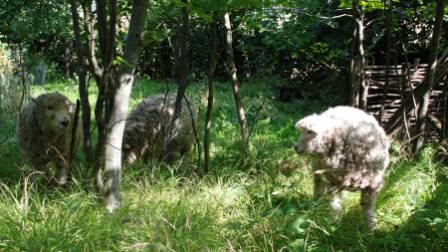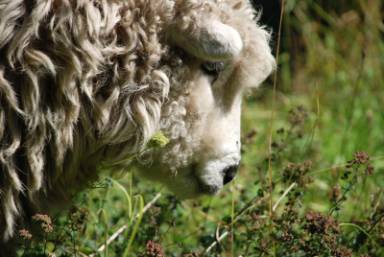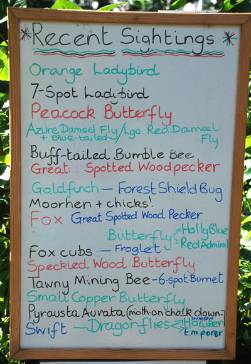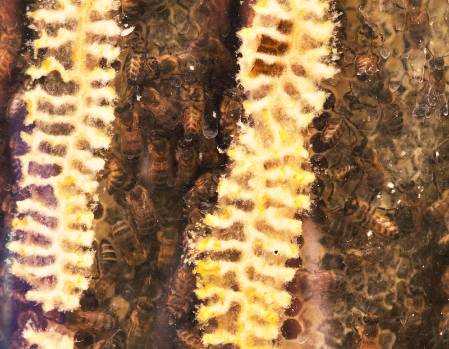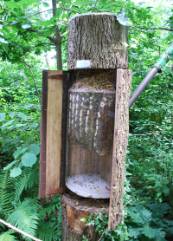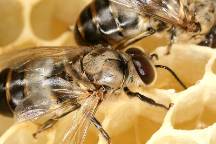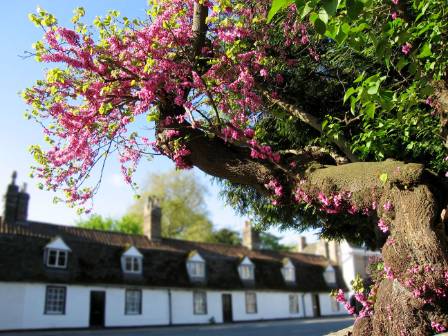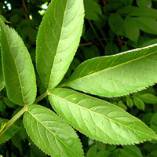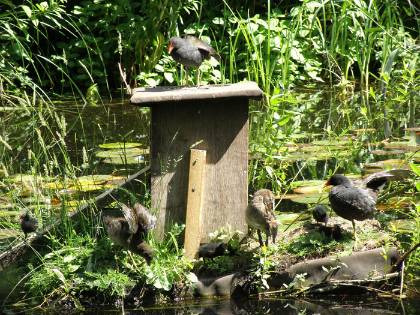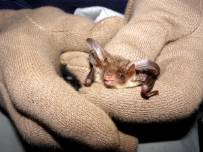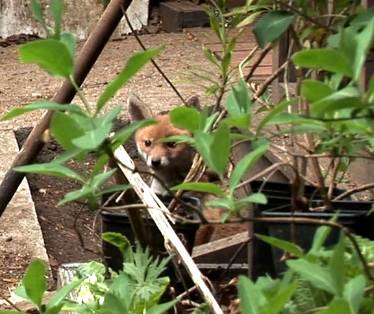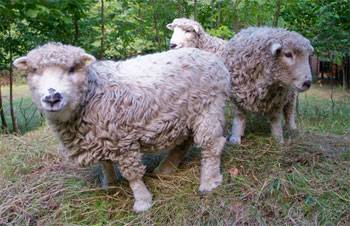Our Wildlife Garden has been a hive of activity in recent weeks, entertaining visitors at pond life sessions and family events like Nettle Weekend, not to mention the arrival of summer all around. And there's more fun and sun promised for this weekend when we join in London's Open Garden Squares Weekend on 14 and 15 June.
It's an annual event and this year we'll be focusing on bumblebee conservation and welcome guest artist Jessica Albarn who will be drawing bees. Don't miss a peek inside the garden's oak bee tree to see what the honey bees are up to.
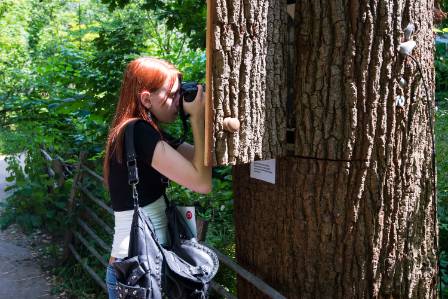
Feel the buzz of the Museum Wildlife Garden and its bee tree at our Open Garden Squares event this weekend.
Learning how to build a green roof and decorate a flower pot are other attractions. And there will be delicious refreshments to hand and interaction for all ages.
Wildlife Garden ecologist Larissa Cooper, who is coordinating the event, says:
“Staff and volunteers have been busy preparting for the weekend.The plants are being cared for ready for visitors to plant in their own pot and take home, gazebos are going up (for the shade not to keep us dry hopefully!) and some of us are baking some yummy treats for you to enjoy!
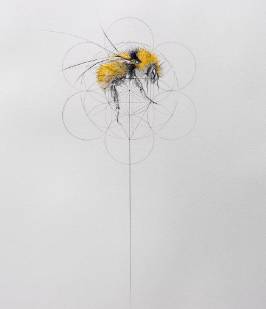
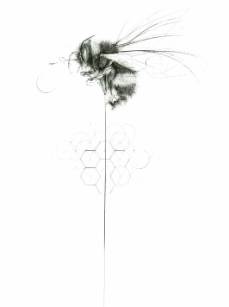
Watch artist Jessica Albarn at work drawing bees and meet bee conservationists. Select images to enlarge.
'We are delighted to have artist Jessica Albarn coming along to draw bees and raise awareness of the work of the Bumblebee Conservation Trust. Jessica’s intricate work of tiny creatures is something else and this will be an event not to be missed.'
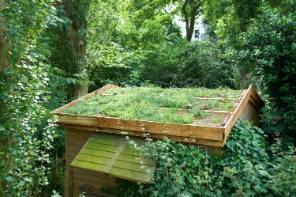
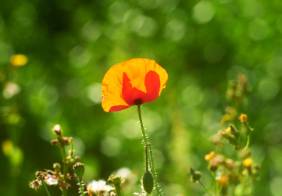
Learn how to build your own green roof. Spot the species on tree hunts, pond walks, nature trails and more.
Our Open Garden Squares Weekend runs from 10.00 to 4.30 each day of the weekend and is free to attend.



